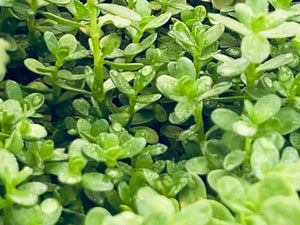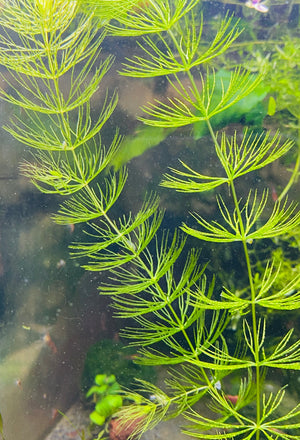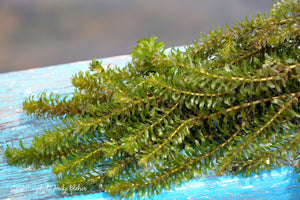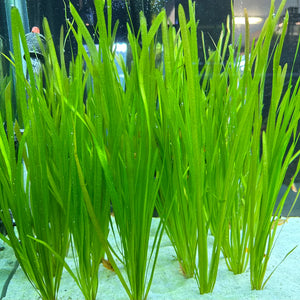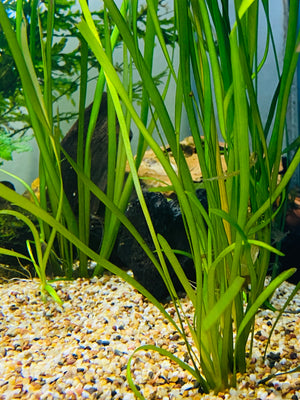You renderd the snippet swatch.liquid with the name of a product option — 'Title' — that does not belong to your product.
Use {% render 'swatch' with 'name of your product option here' %}
Example: {% render 'swatch' with 'Color' %}
This is case-sensitive! Do not put in 'color' if your product option name is 'Color'.
You renderd the snippet swatch.liquid with the name of a product option — 'Title' — that does not belong to your product.
Use {% render 'swatch' with 'name of your product option here' %}
Example: {% render 'swatch' with 'Color' %}
This is case-sensitive! Do not put in 'color' if your product option name is 'Color'.
You renderd the snippet swatch.liquid with the name of a product option — 'Title' — that does not belong to your product.
Use {% render 'swatch' with 'name of your product option here' %}
Example: {% render 'swatch' with 'Color' %}
This is case-sensitive! Do not put in 'color' if your product option name is 'Color'.
You renderd the snippet swatch.liquid with the name of a product option — 'Title' — that does not belong to your product.
Use {% render 'swatch' with 'name of your product option here' %}
Example: {% render 'swatch' with 'Color' %}
This is case-sensitive! Do not put in 'color' if your product option name is 'Color'.
You renderd the snippet swatch.liquid with the name of a product option — 'Title' — that does not belong to your product.
Use {% render 'swatch' with 'name of your product option here' %}
Example: {% render 'swatch' with 'Color' %}
This is case-sensitive! Do not put in 'color' if your product option name is 'Color'.
You renderd the snippet swatch.liquid with the name of a product option — 'Title' — that does not belong to your product.
Use {% render 'swatch' with 'name of your product option here' %}
Example: {% render 'swatch' with 'Color' %}
This is case-sensitive! Do not put in 'color' if your product option name is 'Color'.
You renderd the snippet swatch.liquid with the name of a product option — 'Quantity' — that does not belong to your product.
Use {% render 'swatch' with 'name of your product option here' %}
Example: {% render 'swatch' with 'Color' %}
This is case-sensitive! Do not put in 'color' if your product option name is 'Color'.
You renderd the snippet swatch.liquid with the name of a product option — 'Title' — that does not belong to your product.
Use {% render 'swatch' with 'name of your product option here' %}
Example: {% render 'swatch' with 'Color' %}
This is case-sensitive! Do not put in 'color' if your product option name is 'Color'.
You renderd the snippet swatch.liquid with the name of a product option — 'Title' — that does not belong to your product.
Use {% render 'swatch' with 'name of your product option here' %}
Example: {% render 'swatch' with 'Color' %}
This is case-sensitive! Do not put in 'color' if your product option name is 'Color'.
You renderd the snippet swatch.liquid with the name of a product option — 'Title' — that does not belong to your product.
Use {% render 'swatch' with 'name of your product option here' %}
Example: {% render 'swatch' with 'Color' %}
This is case-sensitive! Do not put in 'color' if your product option name is 'Color'.
Oxygenating Plants
The Best Oxygenating Plants for Small Ponds: Essential Pond Oxygenators for Healthy Ecosystems
Aquatic oxygenating plants play a big role in maintaining a healthy and balanced pond ecosystem. They help purify the water by creating oxygen via photosynthesis, preventing algae issues and aerating the pond for fish. It is key to plant the best oxygenating plants which are suitable to your pond to ensure vibrant and clear water with healthy pond life. Healthy levels of oxygen are essential for fish ponds since they enable fishes to breath and maintain a balance in the ecosystem.
Top Oxygenating Plants for Small Ponds
In regard to finding the best oxygenators for ponds, there are several options that fit a wide range of pond sizes and setups. Here are a few of the popular oxygenating pond plants that will thrive in small ponds:
1. Hornwort (Ceratophyllum demersum)
- Features: Hornwort is a submerged plant known for its rapid growth and ability to oxygenate pond water effectively.
- Best For: Small fish ponds because it covers the area and provides water oxygenation for the life within the water.
- Benefits: Helps filter out excess nutrients, keeping the water clear and algae-free.
2. Hydrilla (Water Weed)
-
Features: One of the most widely used pond oxygenators, this is considered a hardy, easy-to-grow plant for your first pond.
- Best For: Ponds of all sizes; it’s particularly effective for oxygenating small ponds.
- Benefits: Waterweed helps maintain water clarity and is a favorite for fish pond oxygen plants due to its low maintenance and resilience.
4. Bacon Water Hyssop
- Features: Water Hyssop is an attractive submerged plant that produces delicate, lavender flowers.
- Best For: Smaller, decorative ponds that could benefit from both oxygenation and visual appeal.
- Benefits: This plant is an efficient oxygenator that supports small pond ecosystems without growing too large.
Floating Oxygenators for Small Ponds
Floating oxygenating plants are a great option for those who want to add oxygenation without submerged roots. They draw nutrients from the water surface and provide shade, which reduces algae growth.
1. Water Hyacinth (Eichhornia crassipes)
- Features: Known for its striking purple flowers, water hyacinth floats on the pond’s surface while absorbing nutrients.
- Best For: Sunny small ponds; water hyacinths grow best in full sunlight.
-
Benefits: This floating oxygenator reduces algae growth by impeding sunlight and filtering out nutrients, providing a balanced environment.
2. Duckweed (Lemna minor)
-
Features: A very small floating plant that is fast-growing, carpeting the surface of the pond with a green velvety mat.
- Best For: Small ponds with plenty of fish, as it provides cover and oxygen while consuming excess nutrients.
- Benefits: It’s effective at preventing algae growth, making it one of the best floating oxygenators for ponds.
Choosing the Best Oxygenators for Your Pond
The best plants that oxygenates a pond are those that suit the particular needs of your pond. The following are some of the couple of ways you can choose the right pond plant oxygenators.
-
Pond Size: To a small-sized pond, attach small plants like willow moss and waterweed that would not be too overly grown for it.
- Pond Conditions: Consider light availability and nutrient levels. Some plants, like water hyacinth, prefer sunny areas, while others, like willow moss, thrive in shaded spots.
- Fish Presence: For fish ponds, opt for plants that not only oxygenate but also provide shelter, such as hornwort and waterweed.
Caring for Oxygenating Pond Plants
To keep your pond oxygenators healthy and thriving:
-
Regular Pruning: Most of the oxygenating plants tend to grow quite fast and must, as such, be trimmed regularly to prevent congestion.
- Nutrient Management: Ensure plants have adequate nutrients without overloading the pond. Fish waste often provides enough nutrients for oxygenating plants.
- Winter Protection: In cold climates, more sensitive oxygenating plants must be brought indoors or ponds heated.












